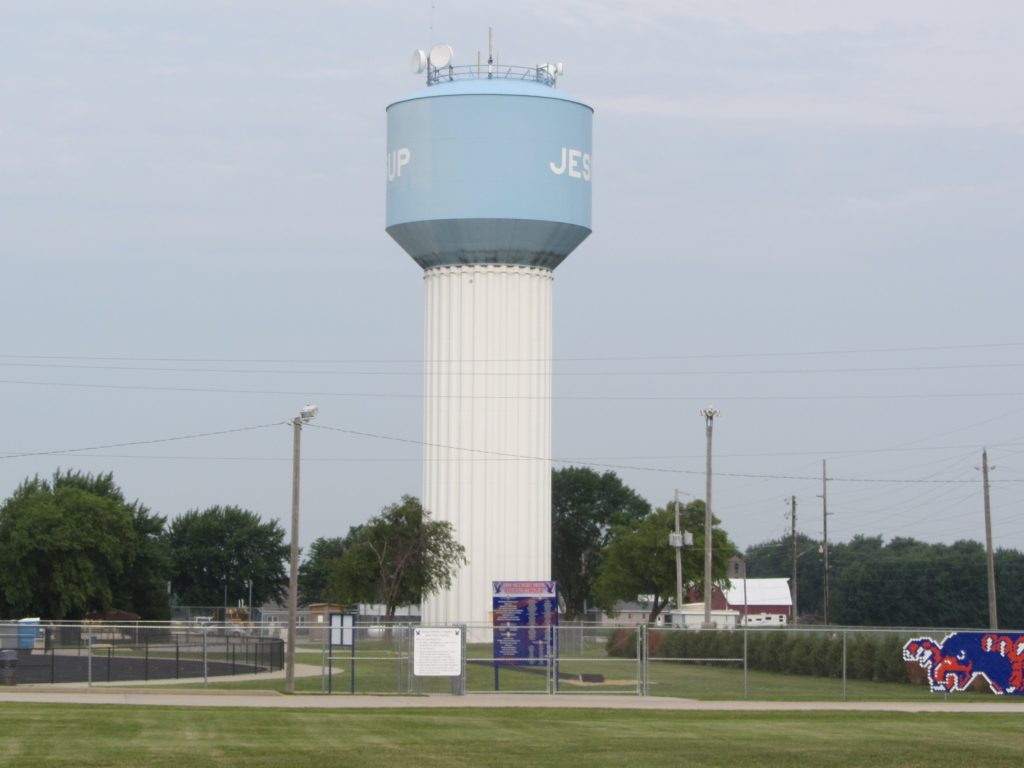Black Hawk County, Iowa’s new public safety E911 radio communication system is now very close to going live. This $8.7 million project included a complete replacement of the existing Enhanced Digital Access Communications System (EDACS) radio system with a new P-25 digital mobile radio system. Edge Consulting’s telecommunications engineering group was part of the project team and was tasked to design and oversee construction of the infrastructure improvements required at each of the seven communication tower sites. This work was done to prepare the sites for the radio system vendor (RACOM Corporation) to install the new radio and other communication equipment. The tower sites included (6) existing towers, (1) water tower and (1) new tower.
The project included separate public bid procurement’s for the radio equipment buildings as well as for tower and site work. Each procurement was structured to follow the County’s procurement policies and procedures. This process ultimately allowed the owner more control and transparency over the infrastructure development than the alternative process of packaging the work directly with the radio equipment would provide. Public bidding also allowed local contractors, vendors and suppliers an opportunity to participate on the project.
Each radio communication site included installation of a pre-fabricated equipment building, stand-by generator system, site grounding and lightning protection system and general site improvements. One of the existing towers was an active FM transmitter which presented challenges with tower structural modifications as well as RF grounding design. The water tower site also required structural analysis and enhancements to allow installation of the additional antennas and large microwave dishes.
Our staff worked closely with the RF consultant (Elert & Associates), radio system vendor (RACOM), civil contractor (Murphy Tower Service) as well as Black Hawk County officials throughout the entire project development process.
The new system is currently operational along side the legacy system with full cut-over to the new system is expected in early 2018.


